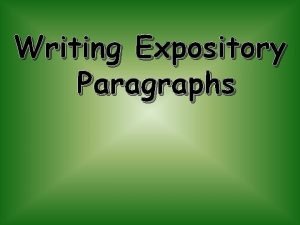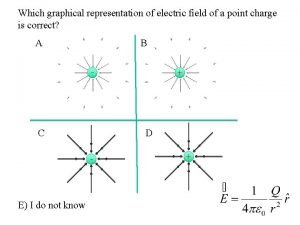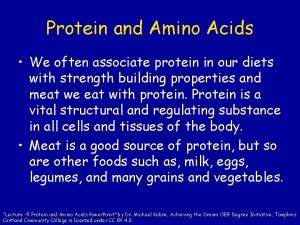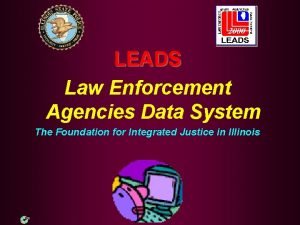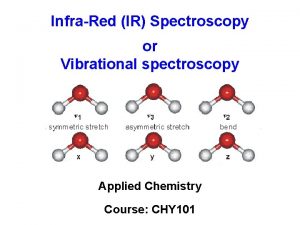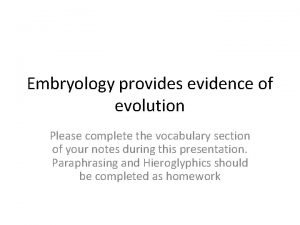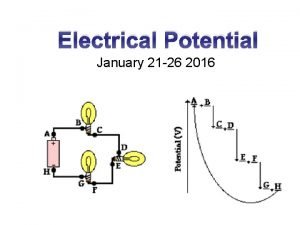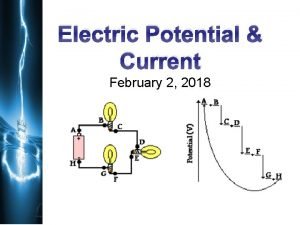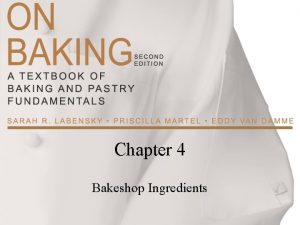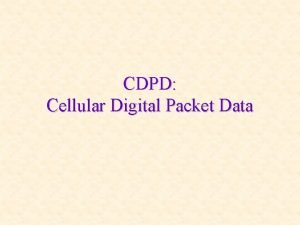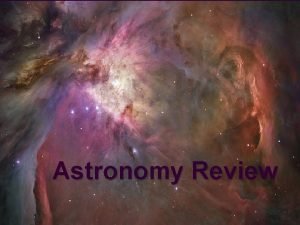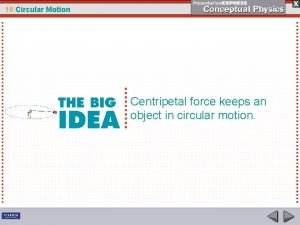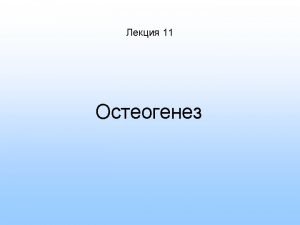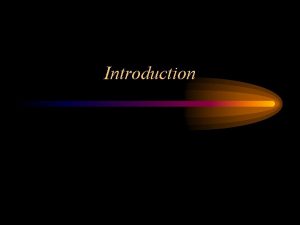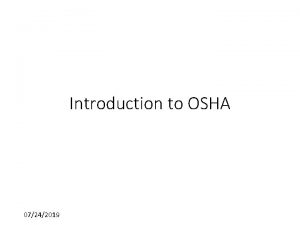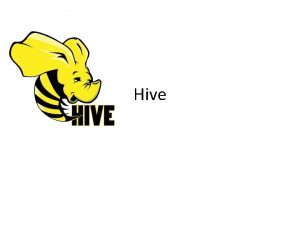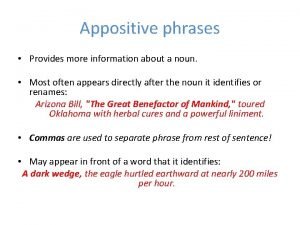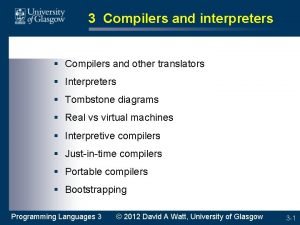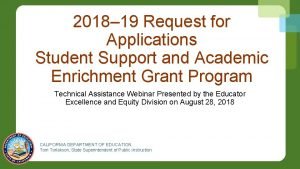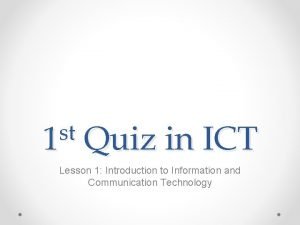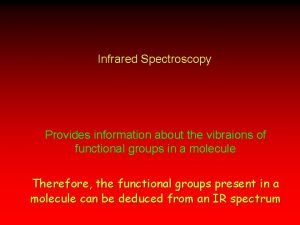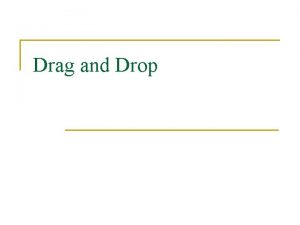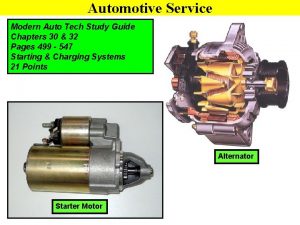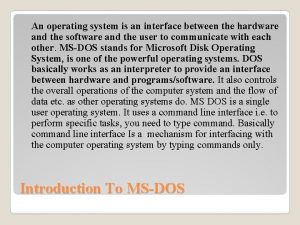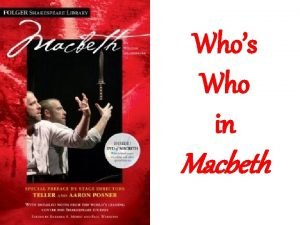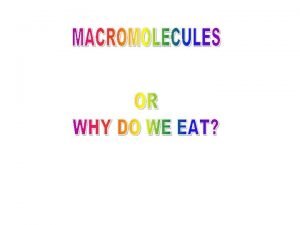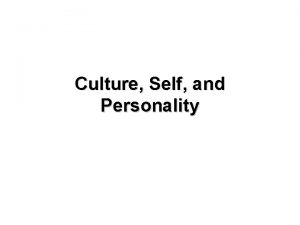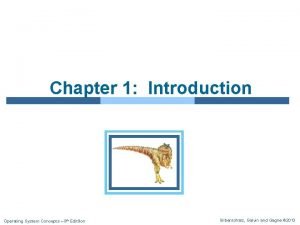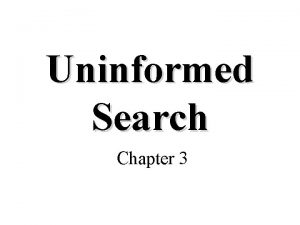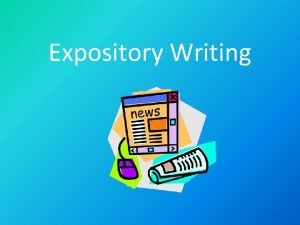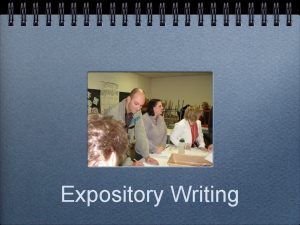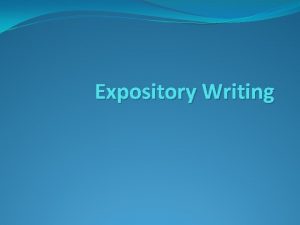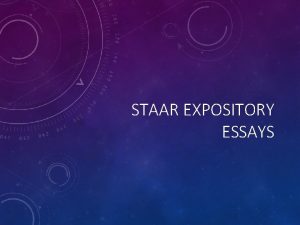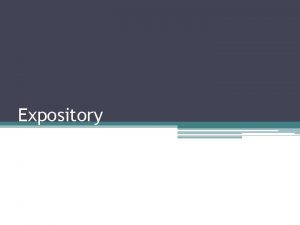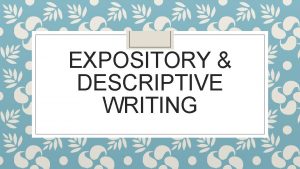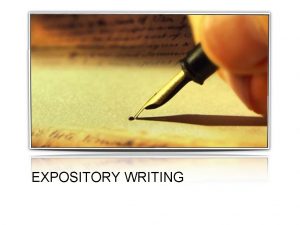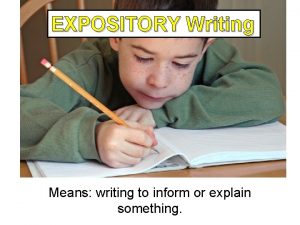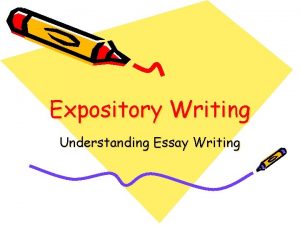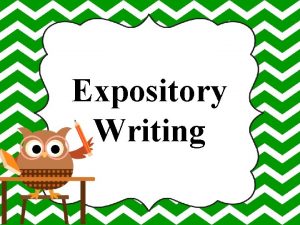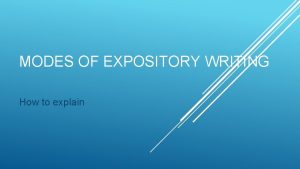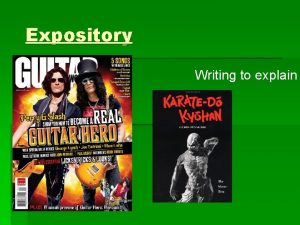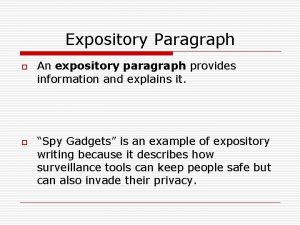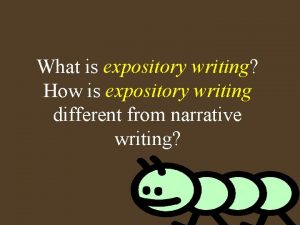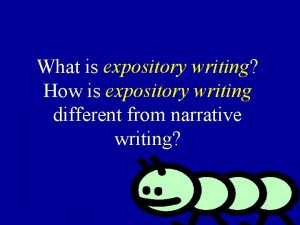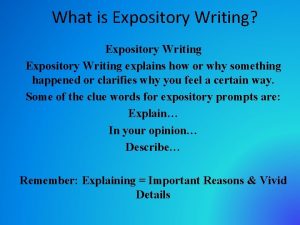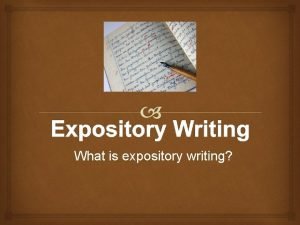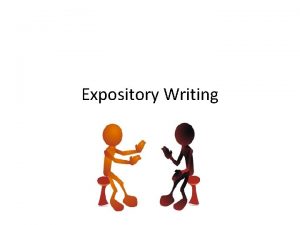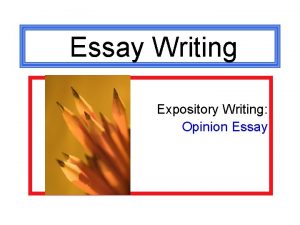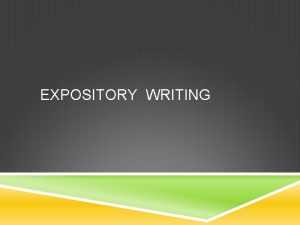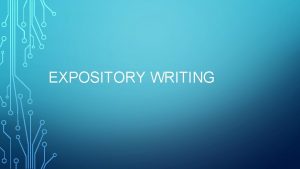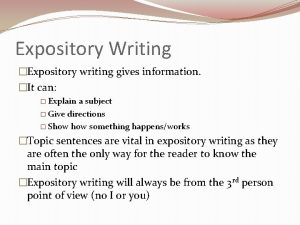EXPOSITORY WRITING EXPLAIN What is Expository Writing Provides





































- Slides: 37

EXPOSITORY WRITING “EXPLAIN”

What is Expository Writing? • Provides an explanation of a specific topic. • Gives facts, reasons, explanations, or examples with supporting details about the topic. • Should always include a main idea, logical reasons, sufficient supporting details, and a conclusion.

What is Expository Writing? Let’s have a listen! • http: //www. havefunteaching. com/son gs-for-kids/writing/expositorywriting-song

What is Expository Writing? Polar Bears baseball Leopard Geckos Historic Philadelphia Hitting a baseball teaching Training Puppies

Organizing Expository Writing: A Brief Overview

What a writer should create when writing an expository essay: • Interesting, controlled lead with an obvious topic(thesis) sentence. • Supportive(details), organized body paragraphs with fluent transitions • Supportive conclusion which includes and leaves the reader with a final thought or insight

So, overall… When organizing an expository essay, include: • An Introducton that contains an interesting, controlled lead with an obvious topic sentence(Thesis). • Supportive, organized body paragraphs with fluent transitions • A supportive conclusion which includes and leaves the reader with a final thought or insight

Organization: • For simple organizational purposes, assume you need a beginning, middle, and end in the form of: – lead/intro paragraph – body paragraphs (min. of three) – and a concluding paragraph. – Or just think of…(next slide please)

C 3 PO Introduction , Body , and Conclusion Parts/

Introduction • Introduction should start with a discussion • Pulls the reader in • Don’t forget the reasons or examples to support the topic • Gives readers a clear “Thesis” statement. This is your main idea.

To Begin: Leads

A well-written lead catches the reader’s attention, making them want to read more. It also makes the writer want to write more.

What is a “lead? ” A lead is the beginning of any piece of writing.

What is an expository lead? • An expository lead is the beginning of an informational piece of writing.

Different Types of Expository Leads • • • Snapshot Lead Observation Lead Question Lead Personal Connection Lead Set-up/Interesting Fact Lead

Snapshot Lead Create a picture of the setting or event in the reader’s mind.

Start with a Snapshot. When you paint a picture, you draw the reader in. Notice the difference between these two leads to a report about ice-skating. • Boring Ice-skating is my favorite sport. • Better It's ten degrees below zero and the river is frozen a foot thick. It makes snapping sounds like the limbs of trees cracking. A long figure glides along the black ice, moving toward the city. The only sound is the scraping of each blade as it bites into the river. That's me doing my favorite sport, ice-skating.

Observation Lead Draw your reader in with an important observation.

Start with an important observation. Don't start in the general. Put your most surprising or important observation into you opening. • General The human brain is a complex and amazing organ. • Better Seeing stars, it dreams of eternity. Hearing birds, it makes music. Smelling flowers, it is enraptured. Touching tools, it transforms the earth. But deprived of these sensory experiences, the human brain withers and dies. (Inside the Brain --- Ronald Kotulak)

Question Lead Draw your reader in with a question.

Start with a strongly stated question your readers might have. In some ways all writing is about trying to answer our best questions. A strong question is one we all want to know the answer to. • Weakly-stated In this paper I will attempt to answer the question why history is important. • Better What's the point of studying history? Who cares what happened long ago? After all, aren't the people in history books dead?

Personal Connection Lead Start with a personal reason why you would investigate this topic .

Put your connection with the subject in the lead. Why are you attracted to the subject? Do you have a personal reason for writing about this subject? What specific memories of the subject come to mind? • • General The problem of longitude was one of the greatest scientific challenges of its day. Better Once on a Wednesday excursion when I was a little girl, my father bought me a beaded wire ball that I loved. At a touch, I could collapse the toy into a flat coil between my palms, or pop it open to make a hollow sphere. Rounded out it resembled a tiny Earth, because its hinged wires traced the same pattern intersecting circles that I had seen on the globe in my school room -- the thin black lines of latitude and longitude. (Longitude --- Dava Sobel)

Set-Up/ Interesting Fact Lead Set up the writing with a super-interesting hook.

Flaunt your favorite bit of research in the lead. Start with the facts that made you smile, laugh, go "ahaaa" or just plain grossed you out. • General Did you ever wonder why flies were created? • Better Though we've been killing them for years now, I have never tested the folklore that with a little cream and sugar, flies taste very much like black raspberries.

Body Paragraphs Support and Expand your THESIS

Body • Each body focuses on topic • Use examples to prove it to the reader to support your main idea • Use details from your life or your research

Body Paragraphs • Contain topic sentences – sentences that introduce the paragraph and its connection to your thesis statement. • Provided support for your thesis – this can be in examples, quotes, statistics, personal anecdotes, etc. • Connect back, through elaboration, to thesis statement and the introductory paragraph.

Organization and flow… • Each body paragraph and its topic sentence refer directly back to thesis statement. Essay Introduction & Thesis Statement Body Paragraph 1 _______ Body Paragraph 2 _______ Body Paragraph 3 _______ Body Paragraph 4 _______

Body Paragraphs: • Within each of your body paragraphs; examples, evidence, narratives support the topic sentence and thus refers back to or connects to your essay thesis. Topic Sentence Quote Story Statistic other NOTE: Each sentence in a body paragraph should support the topic of the paragraph and thus thesis.

Body Paragraphs: FORM Most paragraphs contain between five to ten sentences. The first line of a paragraph is usually indented (begin a few spaces to the right of the margin) to show that there is a new paragraph. Begin with a single tab or five spaces (indent), before you begin the paragraph.

Key Features of the body paragraphs • Topic sentence • Supporting sentences • Elaborating or Explanatory sentences to make connections and provide details • Concluding or transition sentence

Topic Sentences • This sentence contains the controlling and connecting elements of the body paragraph. • It tells the reader what the paragraph will be about and connects back to thesis statement from the introductory paragraph.

Supporting Sentences • These sentence are used by the author to provide support to the paragraph and the essay’s thesis. • They can be quotes from researched sources, personal anecdotes, statistics, narratives, or examples. • NOTE: These must be in complete sentences or woven into complete sentences.

Explanatory or Elaborating Sentences • Every paragraph has sentences that relate to the ideas in the topic sentence. These sentences are called supporting details. • These are the sentences in which the author explains and elaborates on the connections between the supporting sentences and the overall topic.

Transitions: • Transitions are needed between paragraphs and are used to directly indicate to a reader a shift or change in ideas. • The keep the reading fluent and ideas connected. Transition Word/Phrases Sources: » http: //www. smart-words. org/transition-words. html » http: //www. studygs. net/wrtstr 6. htm

Conclusion • Restate your main idea • Go over each example • Leave reader with a feeling or a question
 Explain expository writing
Explain expository writing Structure of expository essay
Structure of expository essay Example of expository paragraph
Example of expository paragraph Graphical representation of electric field
Graphical representation of electric field Figure 12-1 provides an overview of the lymphatic vessels
Figure 12-1 provides an overview of the lymphatic vessels Nitrogen balance definition
Nitrogen balance definition Management accounting nature
Management accounting nature Leads provides access to
Leads provides access to Amine ftir
Amine ftir Embryology provides evidence for evolution because
Embryology provides evidence for evolution because Electrical potential energy
Electrical potential energy If a battery provides a high voltage, it can ____.
If a battery provides a high voltage, it can ____. What force provides centripetal force
What force provides centripetal force Provides bulk and structure to baked goods
Provides bulk and structure to baked goods Cdpd in mobile computing
Cdpd in mobile computing The coriolis effect provides evidence that
The coriolis effect provides evidence that What force provides centripetal force
What force provides centripetal force It provides structural support for the entire body
It provides structural support for the entire body What is x.800 security service
What is x.800 security service Topic 4: workers rights practice worksheet crossword puzzle
Topic 4: workers rights practice worksheet crossword puzzle Hive
Hive An appositive provides more information about a noun.
An appositive provides more information about a noun. Jdk provides an interpretive compiler for java.
Jdk provides an interpretive compiler for java. This list provides examples of —
This list provides examples of — Thermal stability in transistor
Thermal stability in transistor It provides a common framework to allow data to be shared
It provides a common framework to allow data to be shared Secondary storage provides temporary or volatile storage
Secondary storage provides temporary or volatile storage Ir spectroscopy provides information about
Ir spectroscopy provides information about A drag lens provides
A drag lens provides Modern auto tech
Modern auto tech An operating system is the interface between
An operating system is the interface between Whos hecate in macbeth
Whos hecate in macbeth Semaphores provide a primitive yet powerful and flexible
Semaphores provide a primitive yet powerful and flexible Approaches to message authentication
Approaches to message authentication What food contains carbohydrates
What food contains carbohydrates Most generic, unqualified state of feeling good.
Most generic, unqualified state of feeling good. Provides uniform interface between controller and kernel
Provides uniform interface between controller and kernel Flaws john provides map equipment
Flaws john provides map equipment


